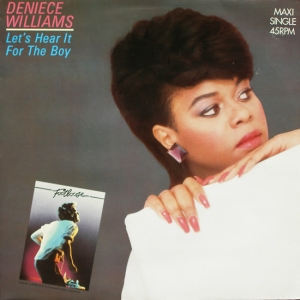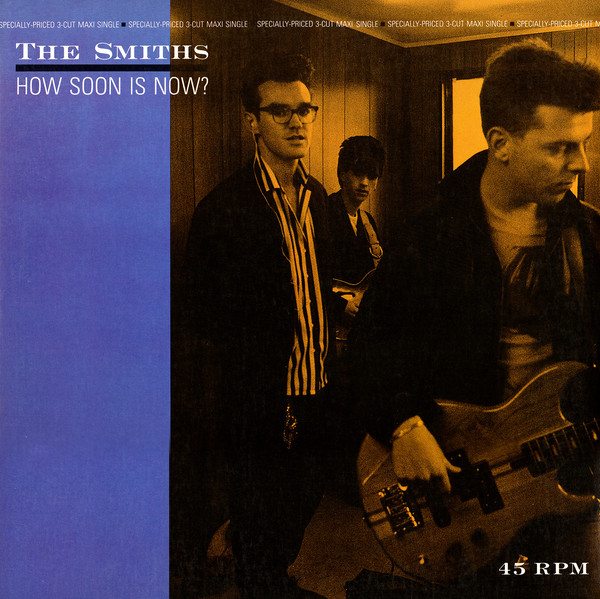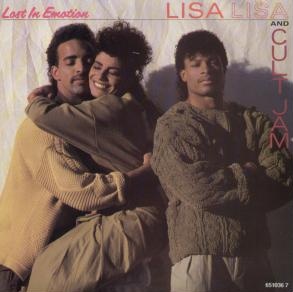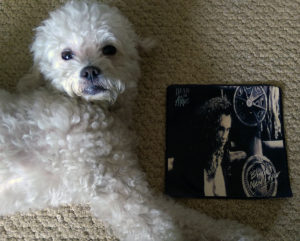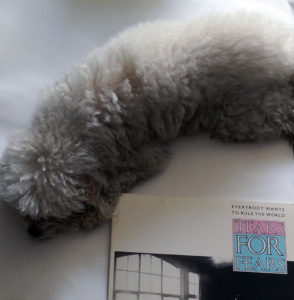Because there are millions of people who tell us we shouldn’t be who we are because it doesn’t conform to who they think we should be;
Because this “government of the people, by the people and for the people” often isn’t for all the people;
Because “All men are created equal” doesn’t include those in the LGBT populations per many politicians and their constituents;
Because our Pride parades are attended not only by LGBT peoples are their allies, but by “counter protestors” who shout hateful rhetoric through megaphones in the name of religion, as these self-proclaimed Christians have no place better to be on a Sunday morning;
Because LGBT youth represent 7% of the youth population, while LGBT homeless youth make up 40% of the homeless youth population;
Because LGB and questioning youth are four times more likely to attempt suicide than non-LGB youth;
Because queer youth need to see there are many people like them;
Because if we don’t celebrate who we are, then we tacitly say we are not worthy of celebration and things are fine as they are, neither of which is true;
Because there is strength in numbers;
Because in many parts of the world one is killed for the suspicion of being gay or lesbian;
Because in many parts of the world it is illegal and/or dangerous to show your LGBT pride;
Because nobody should live in fear of expressing their authentic self, including the asshats who attempt to intimidate us from doing so;
Because it is empowering to be able to express one’s sexuality or gender identity in a supportive environment;
Because coming together brings about positive change;
Because while marrying someone of the opposite gender has been legal throughout US history, the right to marry someone of the same gender is coming on just one year;
Because we still have a ways to get to before we reach true equality, and we’ve come too far to stop now;
Because it’s fun!;
Because diversity should be celebrated;
Because pride is respect for yourself and you deserve respect;
Because men in Speedos;
Because despite all of the bull feces, we persevere. That is why
We still need LGBT Pride Month celebrations.
Here is your expanded soundtrack:
Click here to like Tunes du Jour on Facebook!
Follow me on Twitter: @TunesDuJour
Follow me on Instagram: @GlennSchwartz
